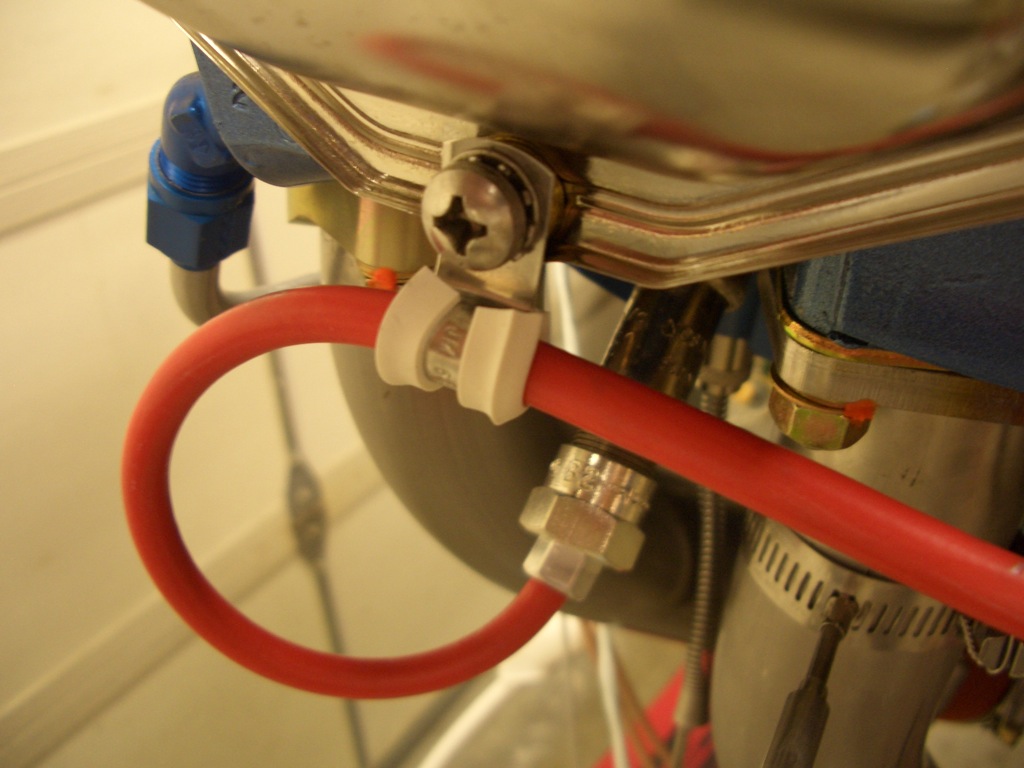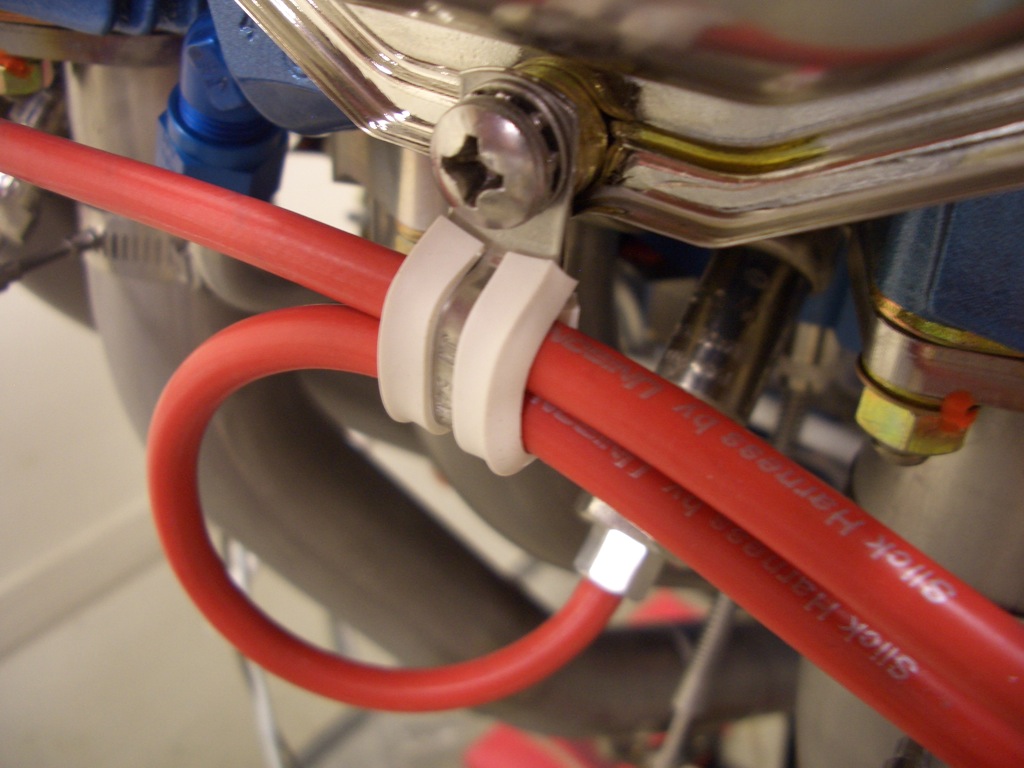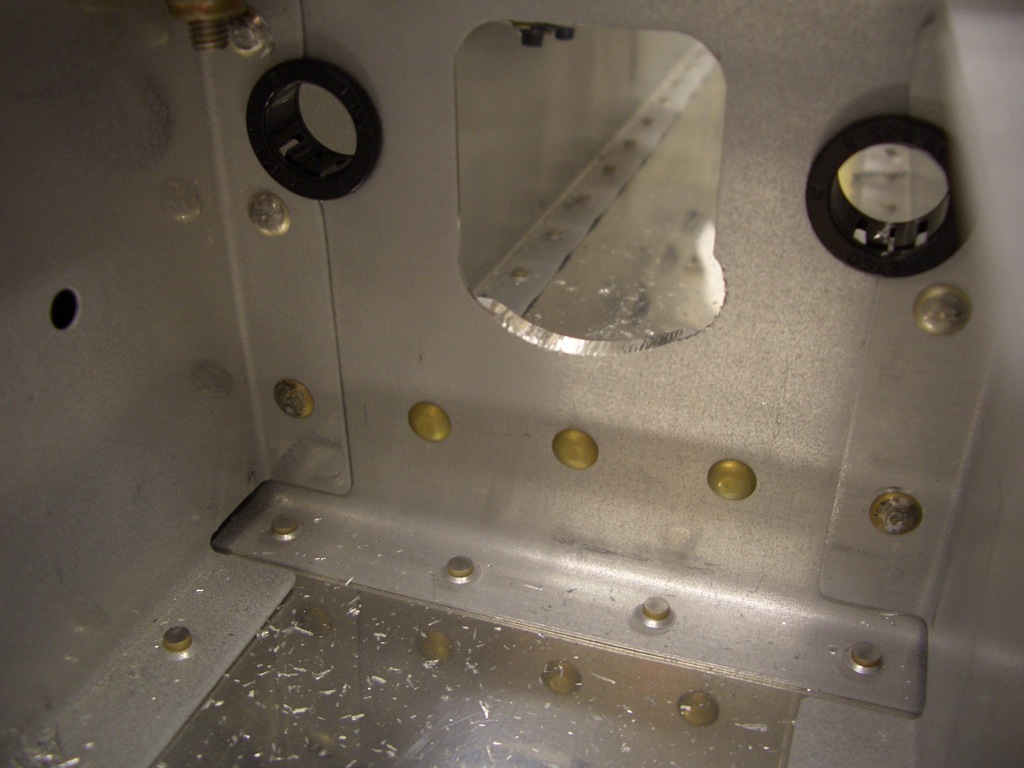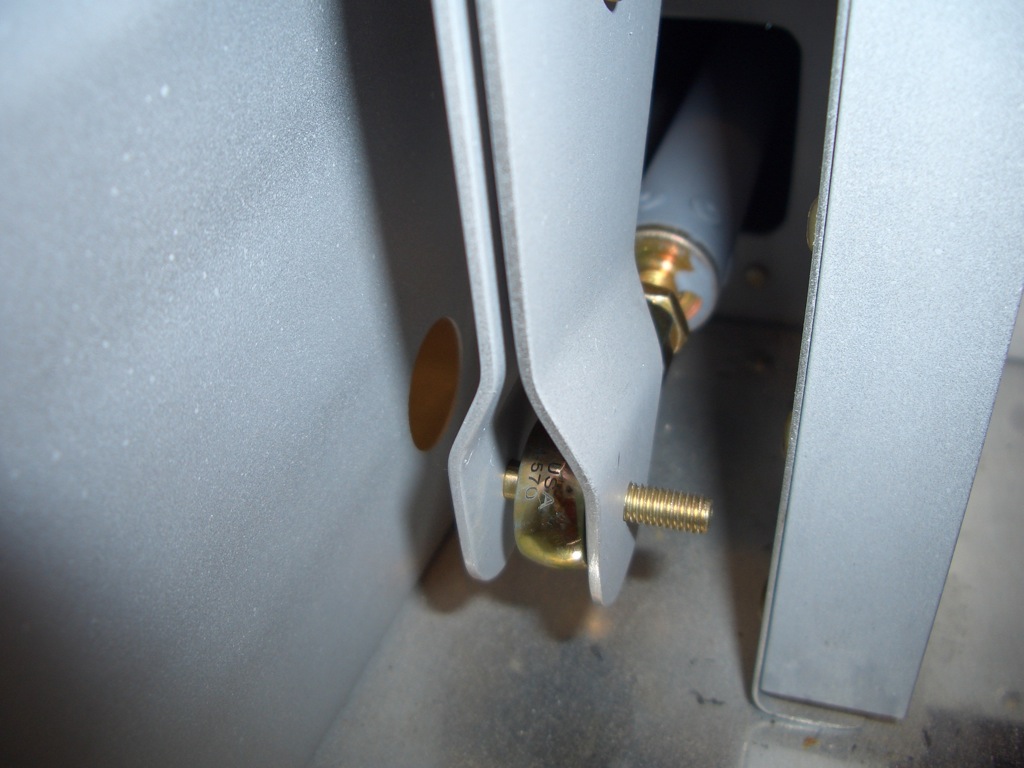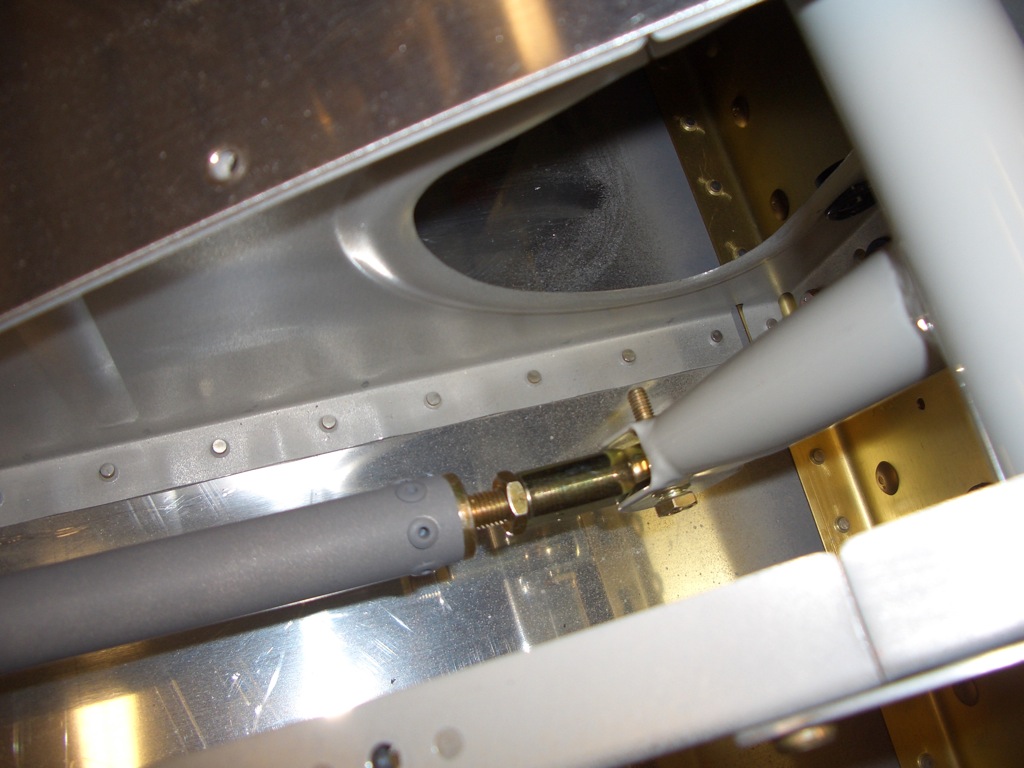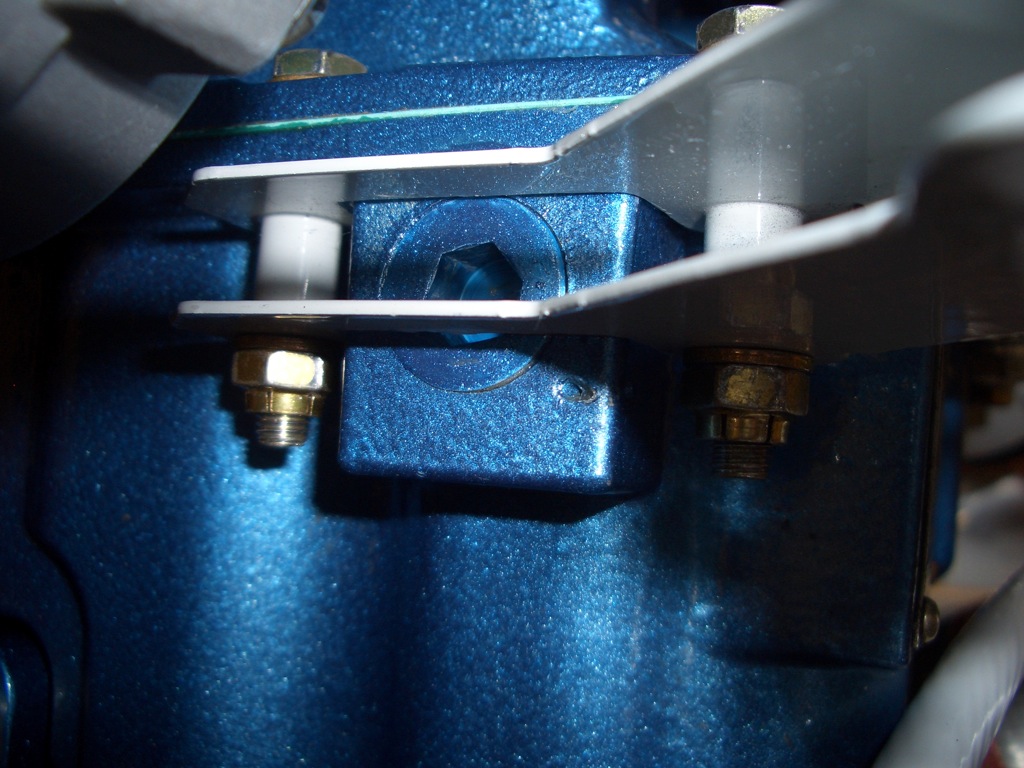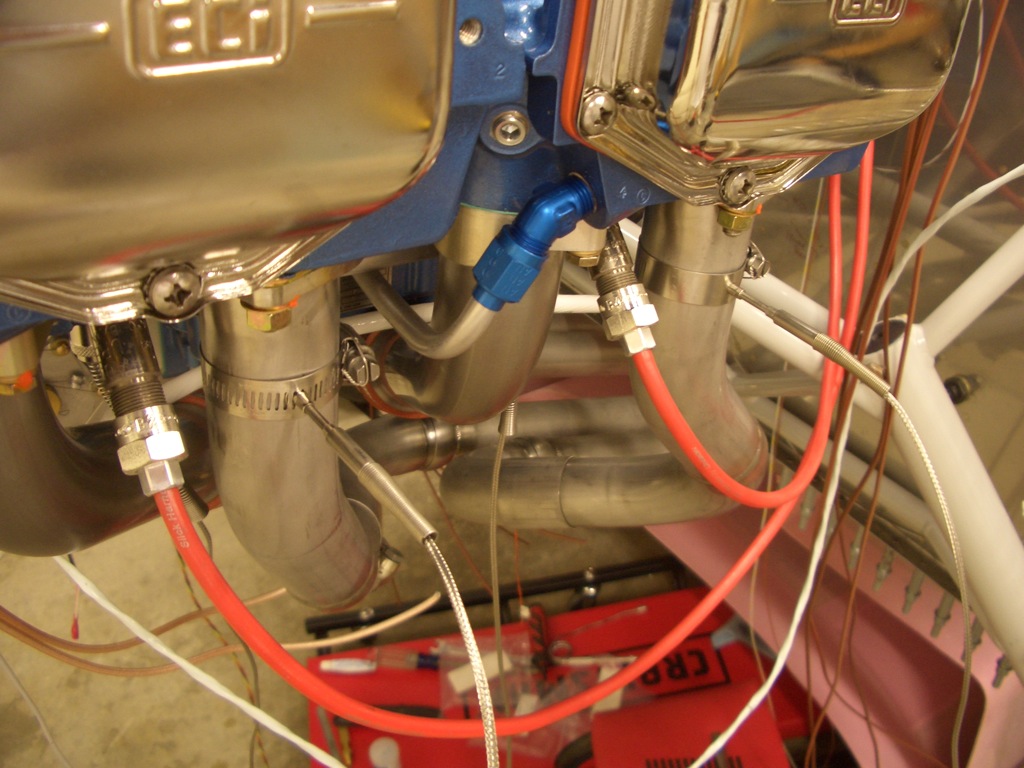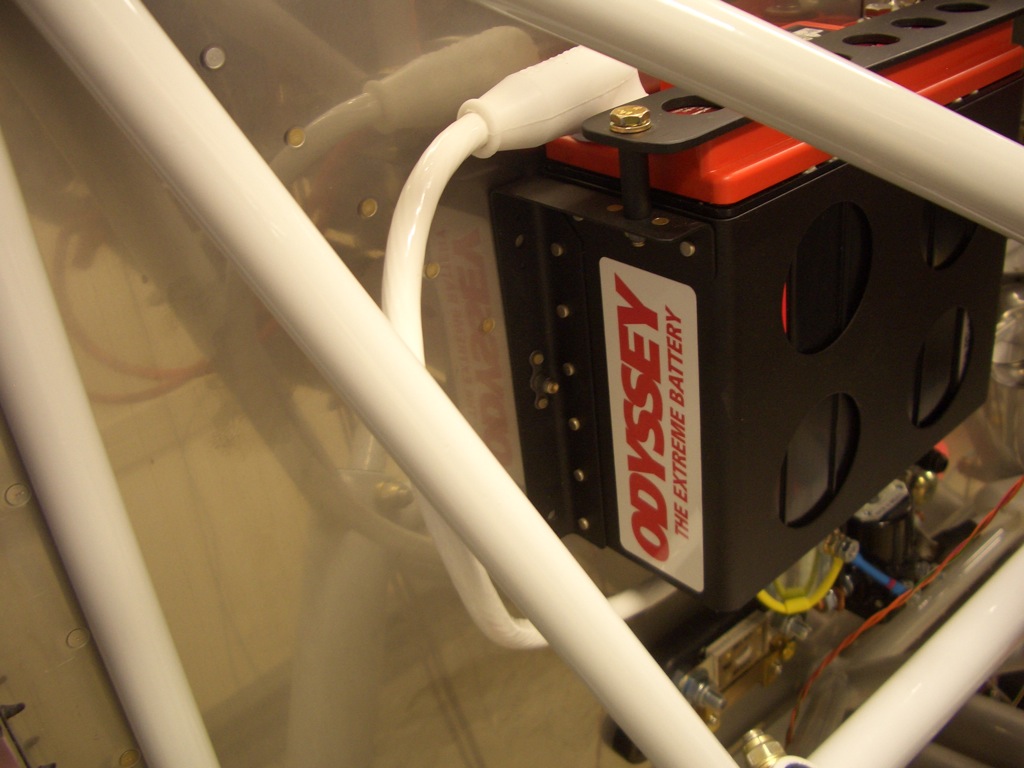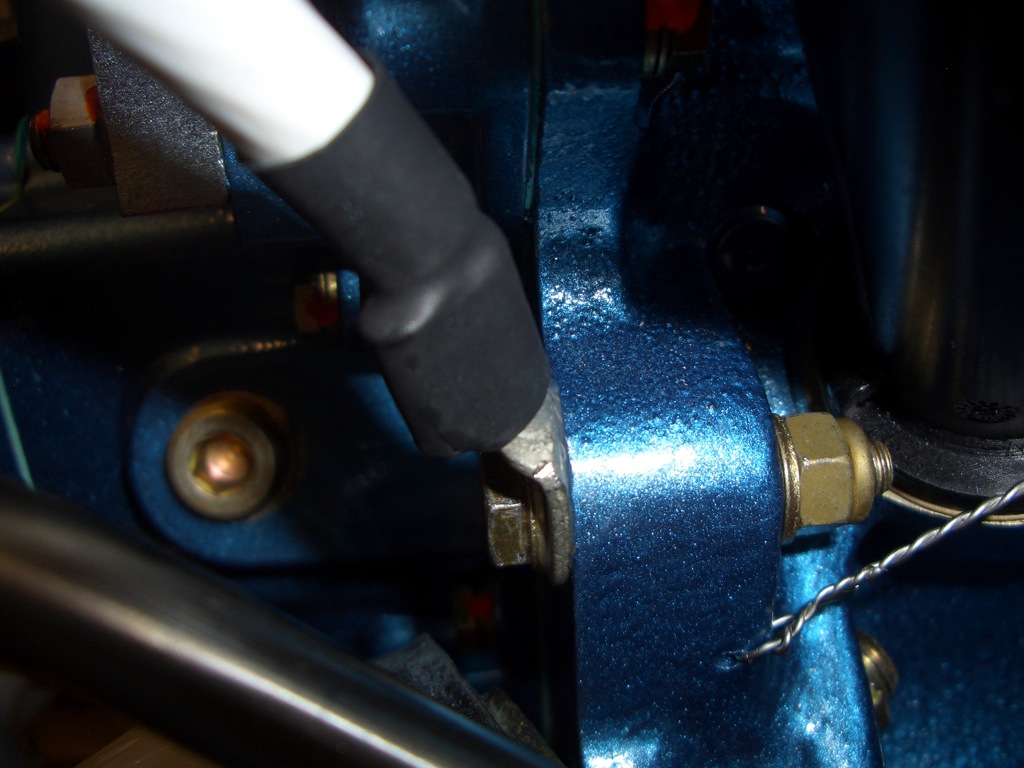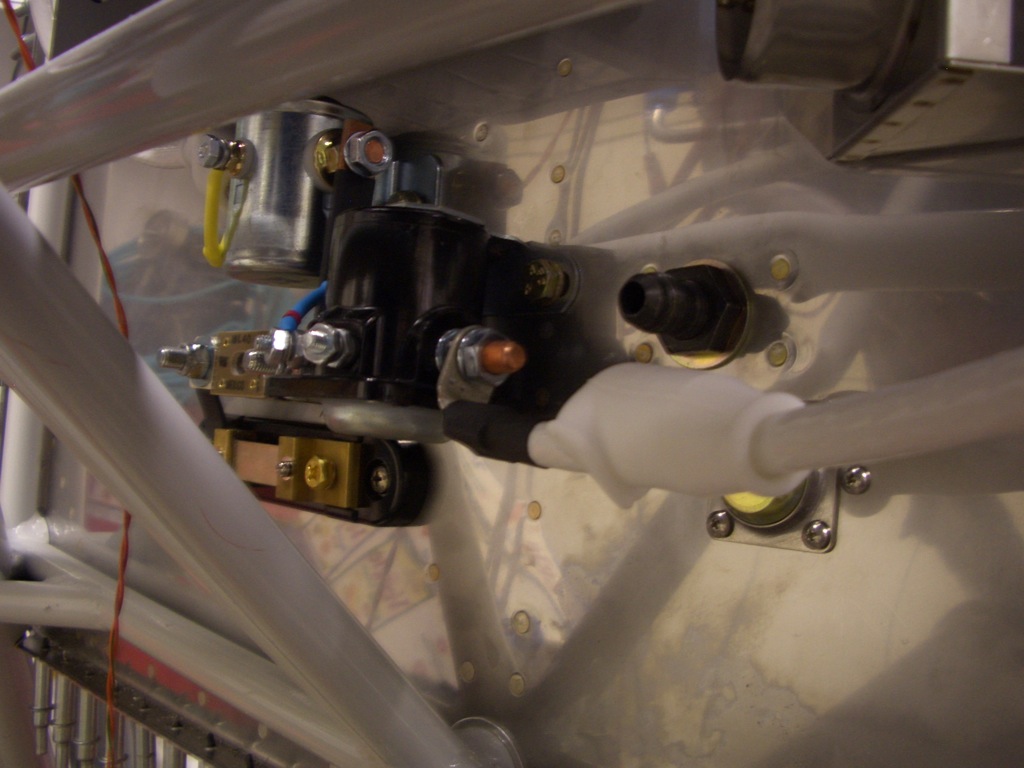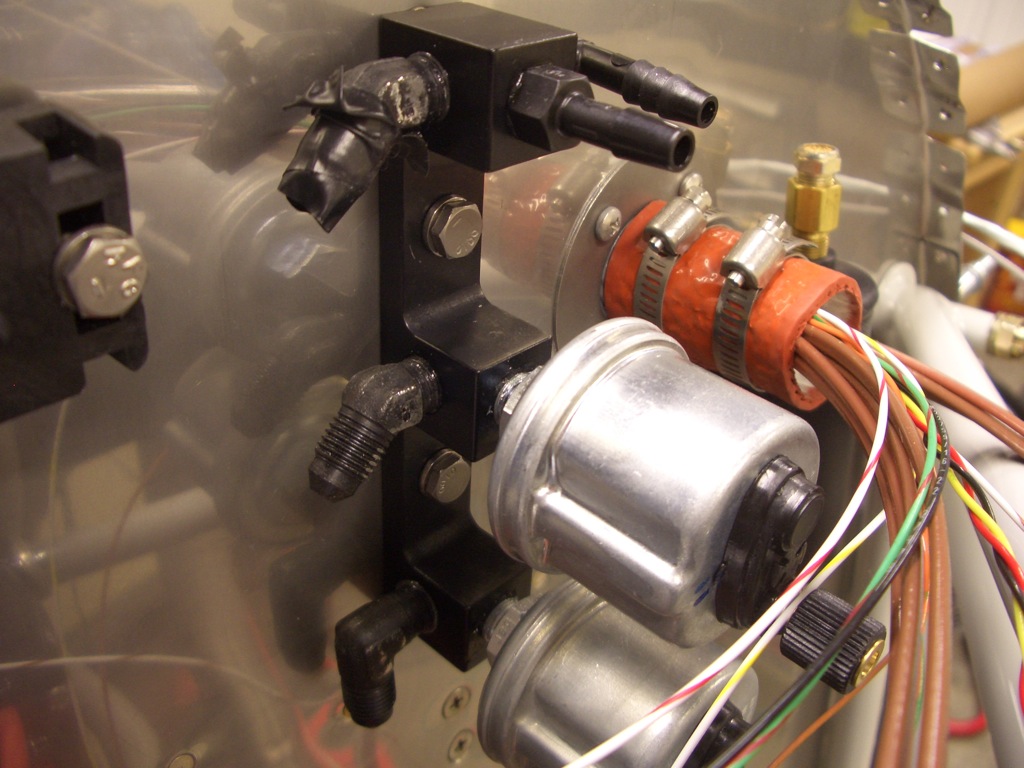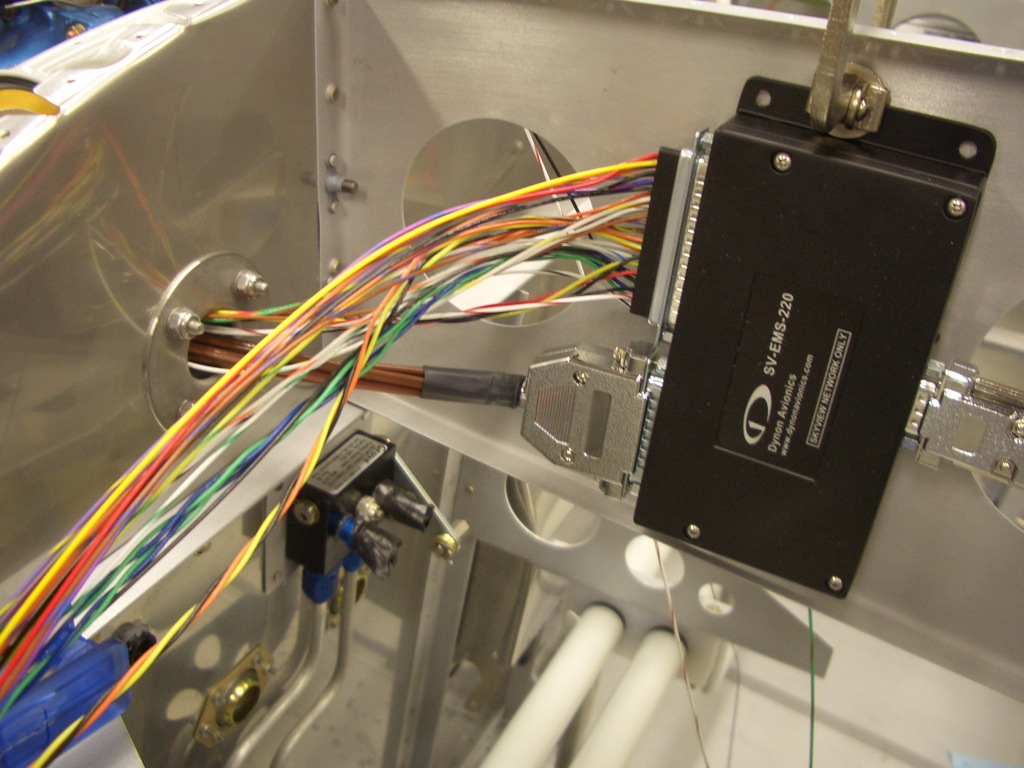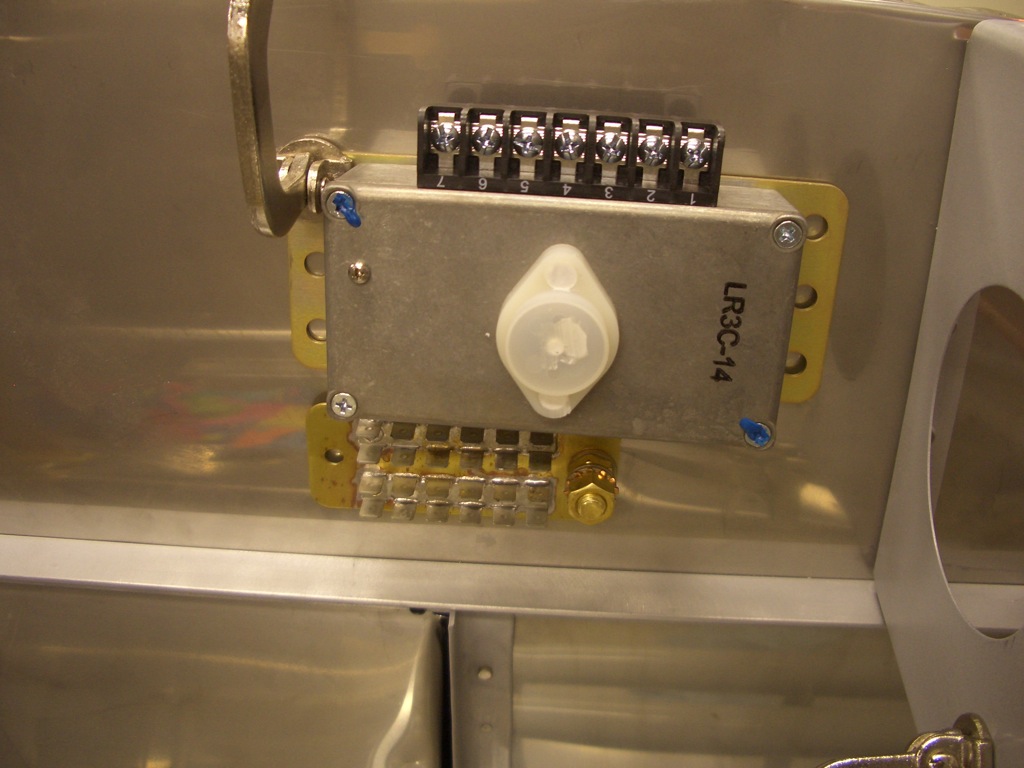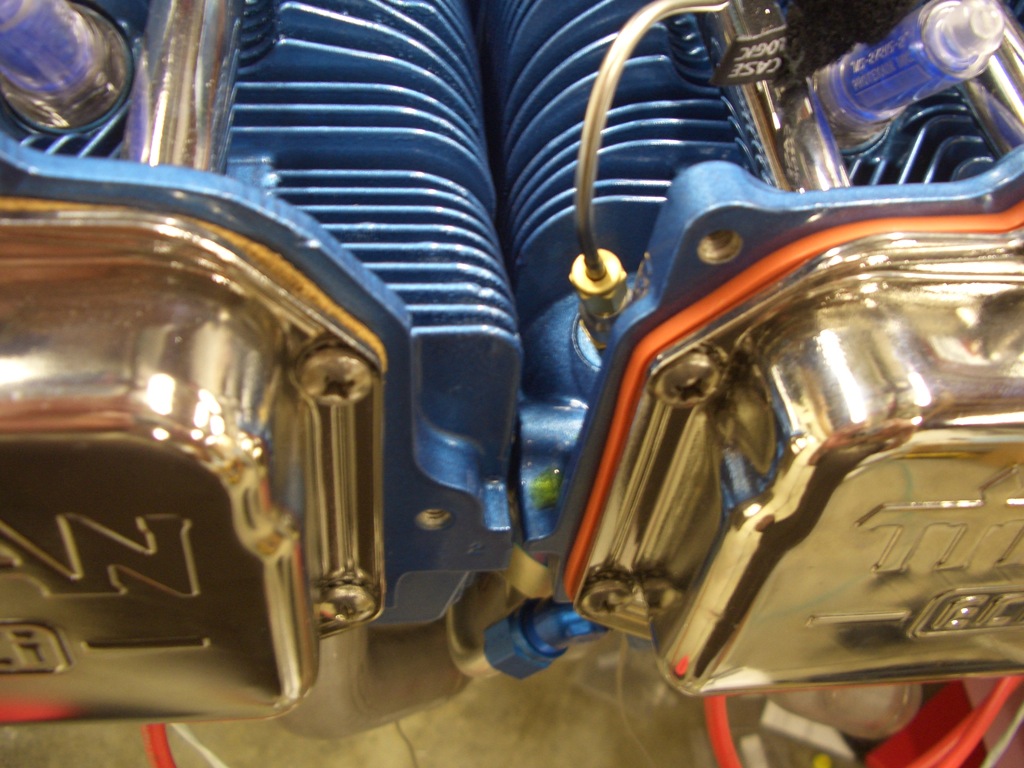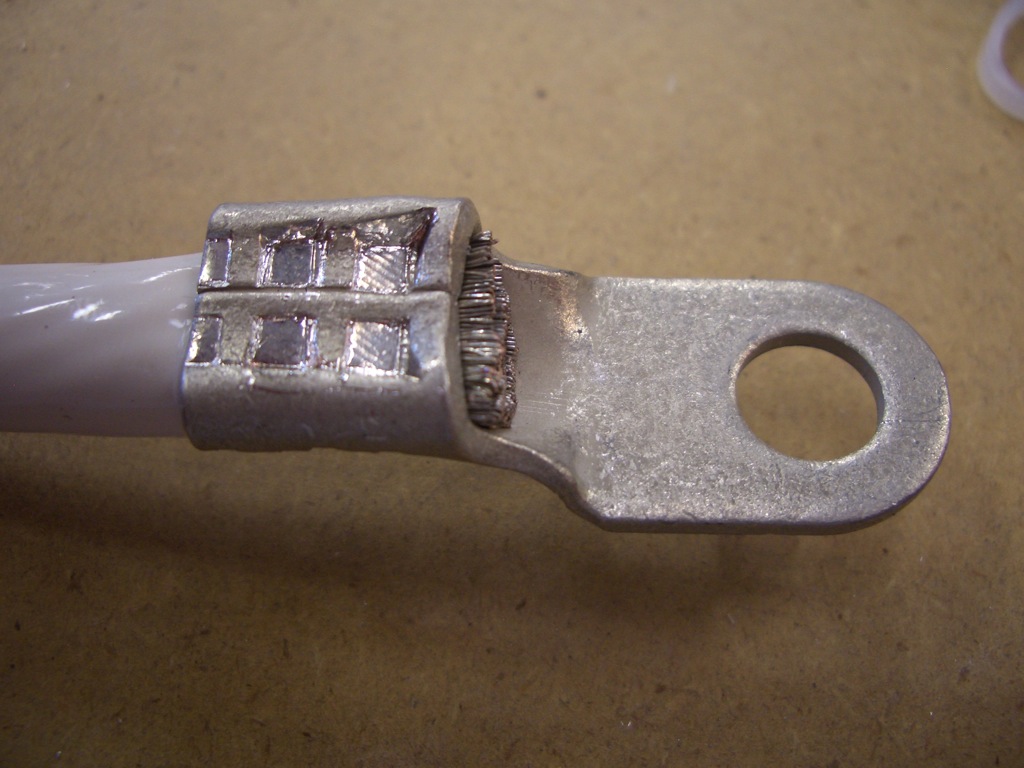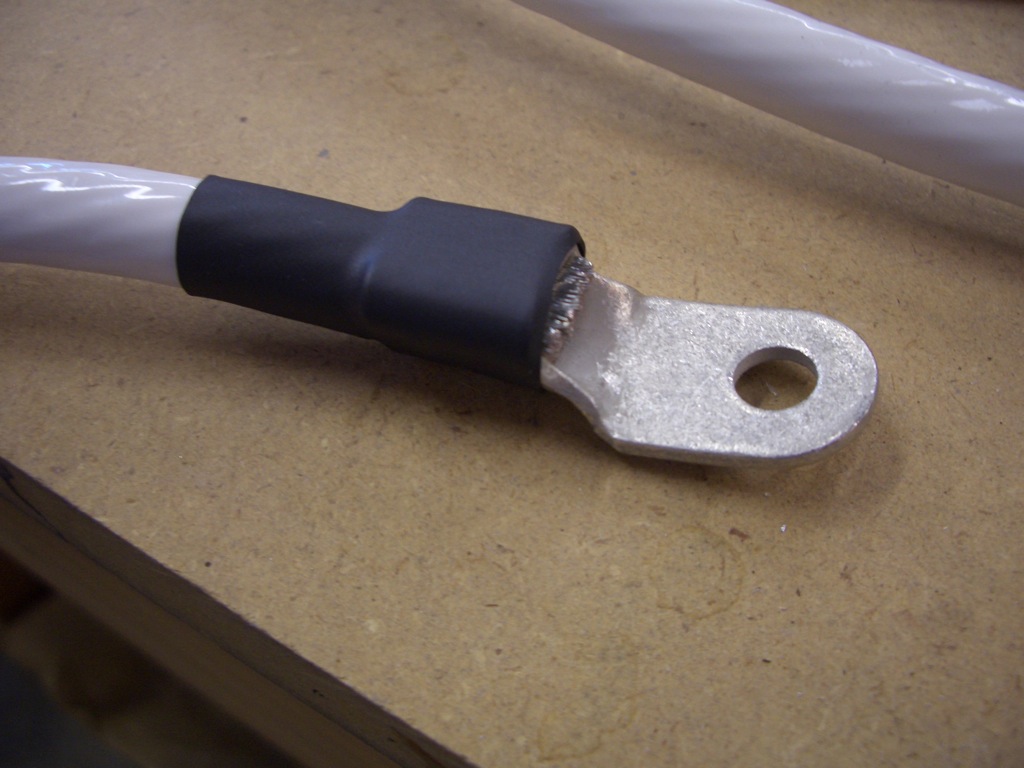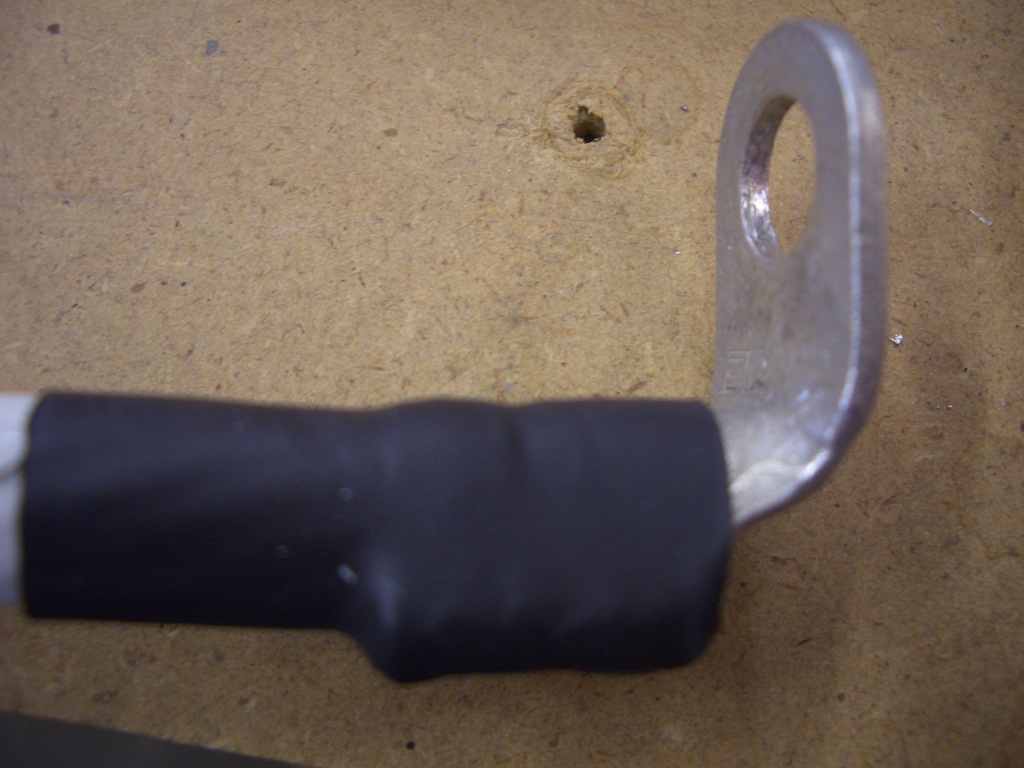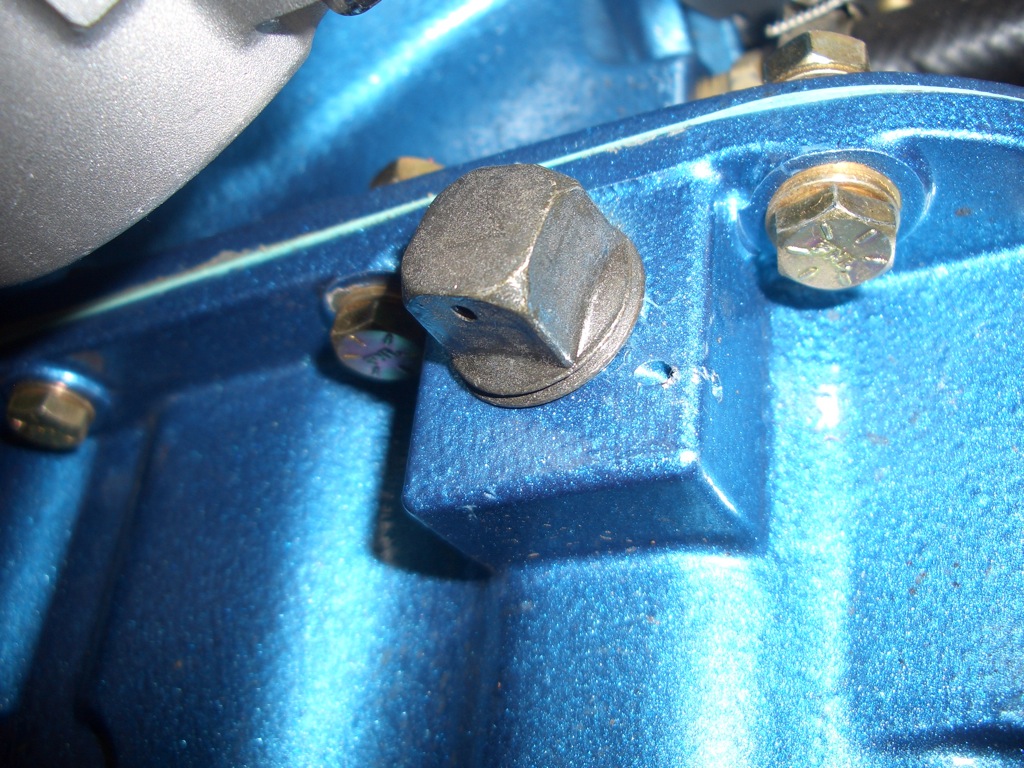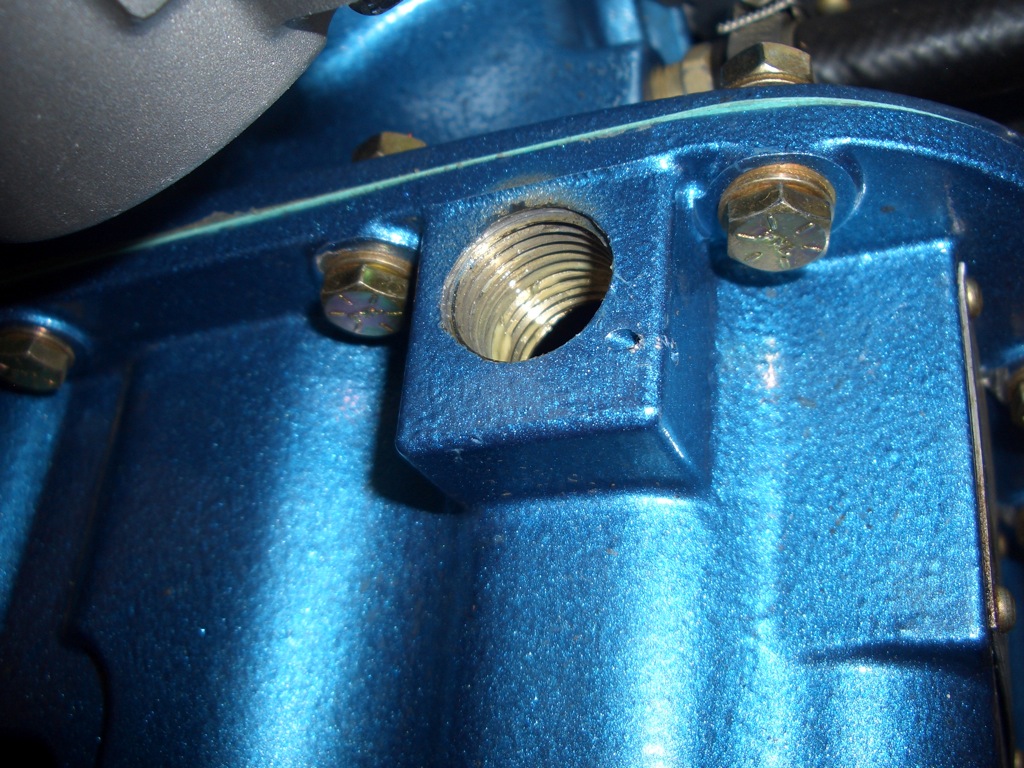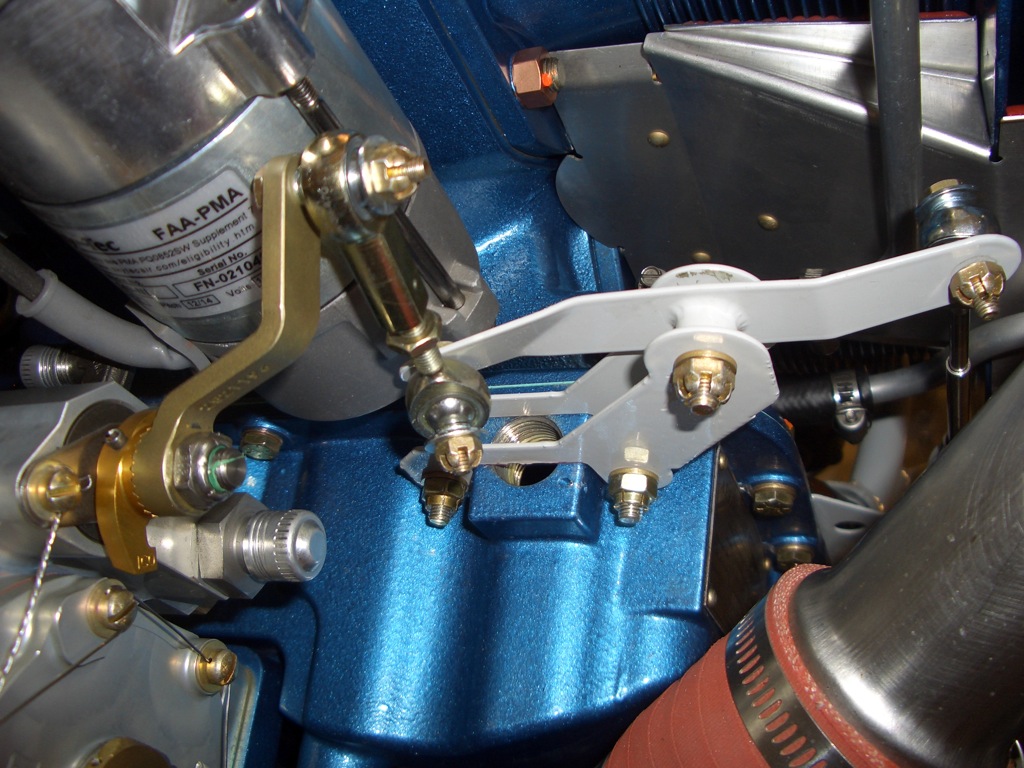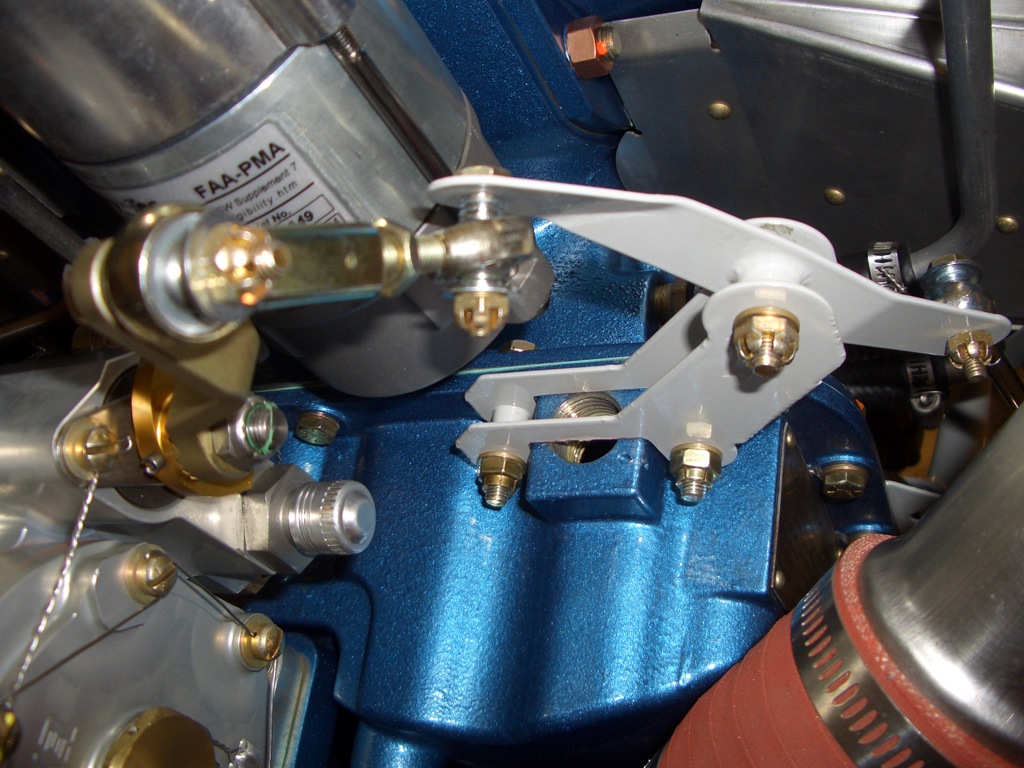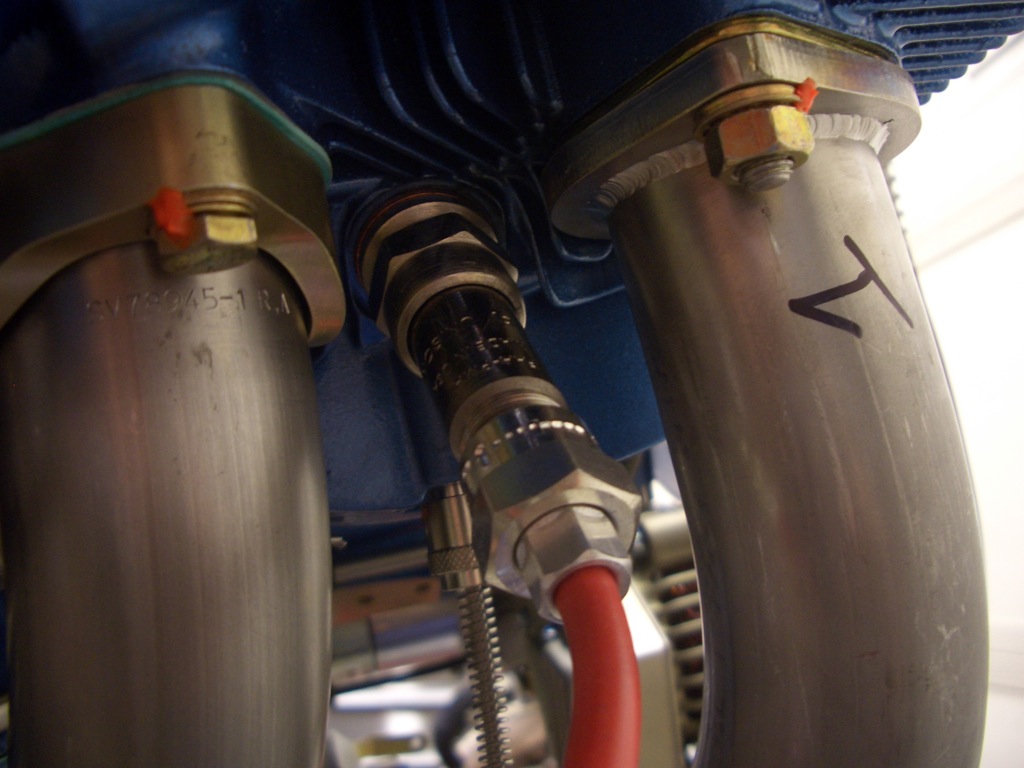Our developer conference is finally over. It’s great fun, but a lot of work and incredibly exhausting. We launched the revolutionary new iPhone 4 which I worked on and I can’t wait to see how well it does in the market.
Anyway, I spent most of the day just taking it easy and hanging out with the family after not seeing much of them for the last week, but I did sneak out into the garage for a bit after everyone headed to bed. First, I cut the forward cover in two so that the forward part could be easily removed without having to touch the fuel pump or fuel lines. The aft part is still removable, but I hope that is almost never necessary. I’ll run conduit under here so that I can run additional wires without having to remove this.
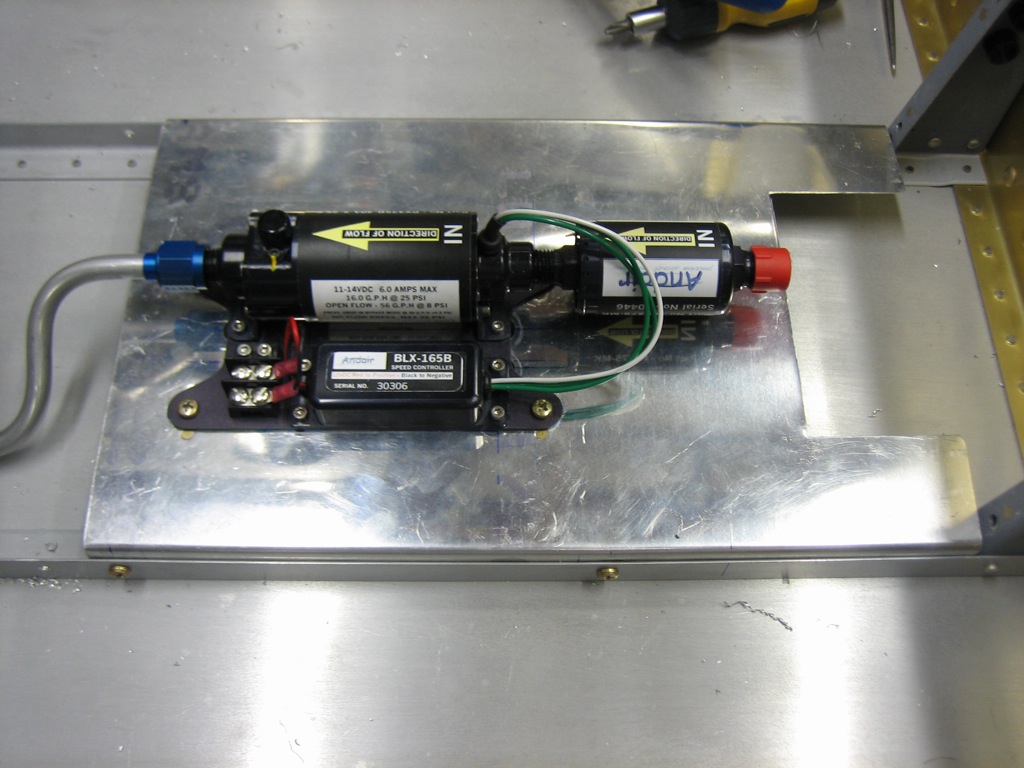
I also fabricated the fuel line from the pump to the firewall fitting. I held off on this for a long time because I was trying to decide whether to put the fuel flow sensor here or after the fuel servo. Most people seem to install it here, but claim that the fuel flow is incorrect when the electric fuel pump is on. Some have also claimed that there is a small risk that this location could result in vapor lock since the mechanical pump is pulling fuel through the sensor. The fuel flow sensor manufacturer recommends installing the sensor downstream of all pumps, and even downstream of the fuel servo for the most accurate readings. Because of this, I’ve decided to install the sensor just after the fuel servo, probably just under cylinder 1. With this decision made, I could go ahead and fabricate this fuel line. One additional benefit I hadn’t really thought of is that this reduces the number of fuel fittings in the cockpit which theoretically reduces the risk of an in-cockpit fuel leak.
I ran the line on the left side of the bay since a large bundle of wires from the panel will enter this area just to the right of the firewall fitting and snake down under the forward cover and then under the aft cover. Keeping the line to the left gives me a little more room to run these wires.



